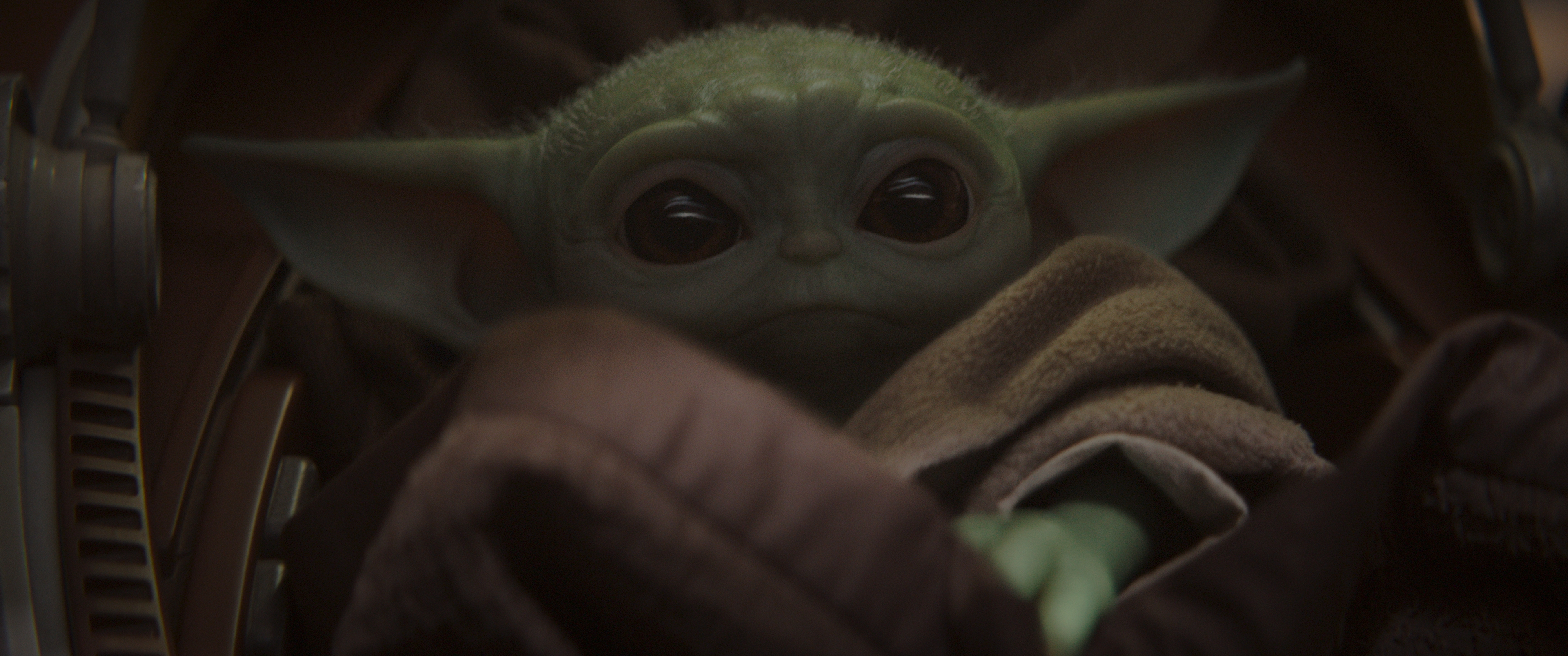For the great bulk of my childhood weekends, I bounded down the stairs on Saturday morning to watch cartoons and other mindless guff in the dark before my parents would wake up and intervene. Not only because they were mostly drivel, but because watching TV as a child often does not simply mean “entertainment”; it means investing in a franchise where commitment is measured by the amount of grotesque plastic crap you accumulate, to trip over and gather germs and make loud noises, until eventually it makes the journey to its landfill grave. I was rushed past The Disney Store whenever we went into town, lest some critter in its fluffy menagerie catch my eye and dominate my whinges for the next three days.
Naturally, as adults, we mature into serious people interested in the artistic merits of the TV we watch. Pointless merchandise becomes ironic slogan T-shirts, and we grow out of those materialistic, bright-coloured magpie impulses.
Except we don’t – as evidenced by the ludicrous hysteria around Baby Yoda. He’s about a hand high, pistachio-coloured, fluffy, pointy ears, wearing a long sort of sheepskin robe. Have you seen him?
Of course you have, because for the past three weeks since Disney+ Star Wars spin-off series The Mandalorian debuted in the US, his enormous, glassy black eyes have done more miles than the Death Star.
Online, that is: I can’t think of a day in the past two weeks when someone has not sent me a Photoshopped image of him standing in front of a tree trunk sipping soup from a bowl. Context? Who cares? He’s cute.

It matters not, apparently, that we will have to wait until March, when the streaming service launches here in the UK, to find out anything about him (by legal means) – though we do know that in the show he is named only as “The Child”, and the little puppet’s existence was kept secret until the end of the pilot episode.
Read more:
The Mandalorian takes place five years after The Return of the Jedi, and follows bounty hunter “Mando” in dogged gun-wielding pursuit of his prize. Without revealing spoilers, it remains unclear at the time of writing whether or not Baby Yoda is related to actual Yoda (who died at the age of 900 in Return of the Jedi) and what his existence means in the Star Wars expanded universe.
I felt little urgency about The Mandalorian until Baby Yoda. Now, three months feels a criminally long time to wait to find out what’s going on in his fuzzy green head. I must know. Which is to say: I, and much of the rest of the adult TV viewing public, have succumbed to Disney’s promotional genius yet again. It’s no coincidence that the phenomenon comes weeks ahead of another major Star Wars release – the concluding film in the JJ Abrams trilogy, The Rise of Skywalker.

Incredulous reports circulated this week about copyright claims by Disney removing gifs of the little Jedi master from social media. It didn’t happen, but was yet more publicity for a programme very few have actually paid to watch.
Call me a cynic, but I am convinced that the adorable, meme-able power of this tiny creature has been engineered to secure maximum “organic” advertising among adults just the way dolls of Frozen’s Elsa and Anna compound a fandom for small girls.
Do not do this, I tell myself, scouring the internet for a Baby Yoda bobblehead (there is no official merchandise available yet). But has Disney’s all-dominating brand evolved and ensnared us once more? The proof comes in March, when we find out if Baby Yoda is enough to force anyone to actually subscribe to Disney+.

